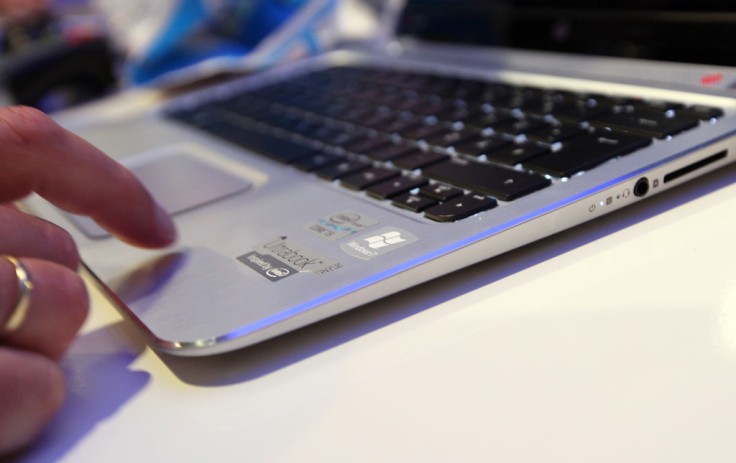When Windows 10 was first released, one of the most common errors that it encountered was the DPC Watchdog Violation. According to Tom's Guide, this is already "a repeat of an issue" as this already occurred when Windows 8 was released.
The DPC Watchdog Violation was said to be originally "caused by an SSD driver which is incompatible with Windows 10." Nevertheless, whatever may have caused the DPC Watchdog Violation, one thing is certain, it is never fun to deal with this kind of problem.
In this article, we have detailed what DPC Watchdog Violation is and how it can be fixed.

What is DPC Watchdog Violation?
Your PC has a "watchdog." It's a "utility that monitors for unresponsive programs," according to How To Geek. Having a DPC Watchdog violation means that your PC's watchdog is overwhelmed. It usually happened as a product of memory dump and the "dreaded blue screen of death."
An outdated or damaged device is one of the common reasons why a DPC Watchdog Violation Windows 10 error occurs. Therefore you may need to check your device for possible damage or update it manually if necessary, according to Partition Wizard.
In case you have installed new hardware on your PC, you may also encounter this error because the hardware might not be compatible with your computer.
DPC Watchdog Violation issue also happens when there is a conflict between two programs installed on your computer. For example, installing two different antiviruses onto your PC can actually cause this problem.
You may also opt to check the firmware version of your SSD, as it may not be supported by your device. Another reason for this problem to occur is a corrupted system.
Read Also: Windows 10 KB5011831 Update Now Available - Will It Just Be Bug Fixes?
How to Fix the DPC Watchdog Violation?
Now, it's time to try to fix the DPC Watchdog Violation issue on your PC. Here are the steps to follow according to How To Geek and Partition Wizard.
- Start by pressing Windows+X simultaneously on your keyboard, and go to "Device Manager.
- From the device manager, find and expand the "IDEA ATA/ATAPI Controllers". Then, right-click the "SATA AHCI Controller." Afterwards, go to "Properties."
- The next step is to go to the "Driver" tab and then tap "Driver Details." Makes sure that the chosen driver is "iastorA.sys"
- Restart your system once your PC is done updating. This will ensure that the change will take effect.
You may also opt to remove all the devices attached to your PC, then restart your PC. If your PC is working fine when you take out the devices, it could possibly mean that one of the devices is causing the problem. The next step is to try to reconnect each device one by one in order to identify which one is causing the problem.
Another thing to do is to ensure that the firmware of your SSD is updated. You have to make sure that your SSD is updated so it will not cause problems with your PC.
If the error still persists, you may need to scan your file system. And finally, if all else doesn't work, the final resort is a system restore.
Related Article: Windows 10 KB5014666 Update: Bug Fixes, New Printer Features, and More









